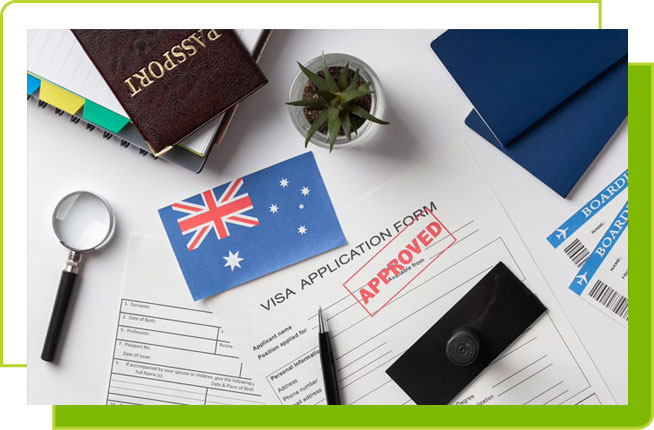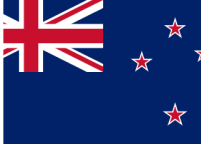2023 is a pivotal year for Immigration New Zealand, marking the first full year of open borders since the global pandemic 2019 and a period of significant transformation and challenge. This review highlights the key achievements, statistics, and initiatives that shaped the year for NZ Immigration.
Unprecedented Demand and Innovative Responses
- Visitor Visa Surge: 2023 saw a record-breaking influx of visitor visa applications. This surge indicates New Zealand’s enduring appeal as a tourist destination and the global community’s eagerness to travel post-pandemic restrictions. The record was surpassed several times throughout the year, reflecting a robust recovery in international travel and tourism.
- Innovative Visa Categories:
- Recovery Visa: In response to Cyclone Gabrielle, Immigration New Zealand introduced the Recovery Visa. This specialized visa was crucial in supporting the country’s cleanup and rebuilding efforts. Its timely introduction underscores the department’s agility and responsiveness to national emergencies.
- Skilled Migrant Category: The introduction of the Skilled Migrant Category visa was a strategic move to strengthen New Zealand’s workforce. This visa category aims to attract skilled professionals from various sectors to support the country’s growing economic needs.
These initiatives were made possible by the hard work and dedication of all kaimahi (employees), alongside effective collaboration with various partners and stakeholders.

A Closer Look at the Key Statistics
- Visa Processing at Scale: The year witnessed over 1 million visa decisions, a testament to the department’s efficiency and the scalability of its processes. This achievement is significant, considering the complexities and variances involved in visa applications.
- Border Movements: There were more than 11.5 million movements at the New Zealand border, signalling a return to pre-pandemic levels of travel and highlighting the success of border management strategies.
- Public Engagement: Over 3 million viewers watched the kaimahi on the popular Border Patrol show. This indicates high public interest and engagement in immigration and border security matters.
- Communication and Outreach: The department sent over 150 mass emails, reaching nearly 3 million customers and stakeholders. Five international marketing campaigns were conducted, reaching audiences in 38 countries. These efforts demonstrate a commitment to maintaining clear, consistent communication and promoting New Zealand as a destination.
- Visitor Visa Applications: 519,400 visitor visa applications were processed, with an approval rate of 81%. This high volume of applications and a strong approval rate reflect the department’s capability to handle large-scale operations efficiently.
- NZeTA Submissions: The New Zealand Electronic Travel Authority (NZeTA) saw over 1.4 million submissions with a remarkable 99.89% approval rate. The NZeTA has been instrumental in streamlining the process for travellers and enhancing the efficiency of border security processes.
- Accredited Employer Work Visa (AEWV) Policy: 15,749 employers became accredited under this policy. This figure highlights the successful implementation of the AEWV policy, which is crucial for New Zealand’s economic growth and employment market stability.
- Manual Identity Comparisons: Approximately 2.2 million manual identity comparisons were completed, underscoring the department’s commitment to maintaining the integrity and security of the immigration process.
- Post-Accreditation Checks: Almost 2,000 AEWV post-accreditation checks were carried out, ensuring compliance and the ongoing suitability of accredited employers.
- AEWV Applications: Of the more than 79,000 AEWV applications submitted, 88% were approved, illustrating the department’s effectiveness in managing this new visa category.
- Working Holiday Visas: The department processed 46,703 working holiday applications, with a 95% approval rate, and approved 2,344 extensions. This program continues to be a famous avenue for young travellers to experience New Zealand while contributing to the economy

- Resident Visa Applications: The processing of 2021 Resident Visa applications achieved a 99% decision rate, reaching the goal of 80% processed three months ahead of schedule. This efficiency reflects the department’s commitment to reducing backlogs and providing timely decisions.
- Student Visas: A total of 90,067 student visas were decided, with a 75% approval rate. This highlights New Zealand’s appeal as a study destination and the department’s support for international education.
- Recognized Seasonal Employer Applications: Over 18,400 applications were approved, indicating the continued importance of this scheme in supporting New Zealand’s agricultural sector.
- Refugee Resettlement: The country resettled 1,507 quota refugees, 567 under the Refugee Family Support Category, and 33 refugees via the Community Organisation Refugee Sponsorship pilot. These figures reflect New Zealand’s commitment to humanitarian causes and global responsibility.
- Policy Amendments: More than 40 amendment circulars were distributed, illustrating the department’s proactive approach to refining and updating immigration policies to meet evolving needs and challenges.
Conclusion
In conclusion, 2023 was a transformative year for Immigration New Zealand. It was marked by successfully adapting to the post-pandemic environment, introducing innovative visa categories, and a commitment to maintaining a robust, fair, and responsive immigration system. Immigration NZ achievements reflect its dedication to supporting New Zealand’s economic growth, humanitarian obligations, and global connectivity.
Reference – https://www.immigration.govt.nz/















